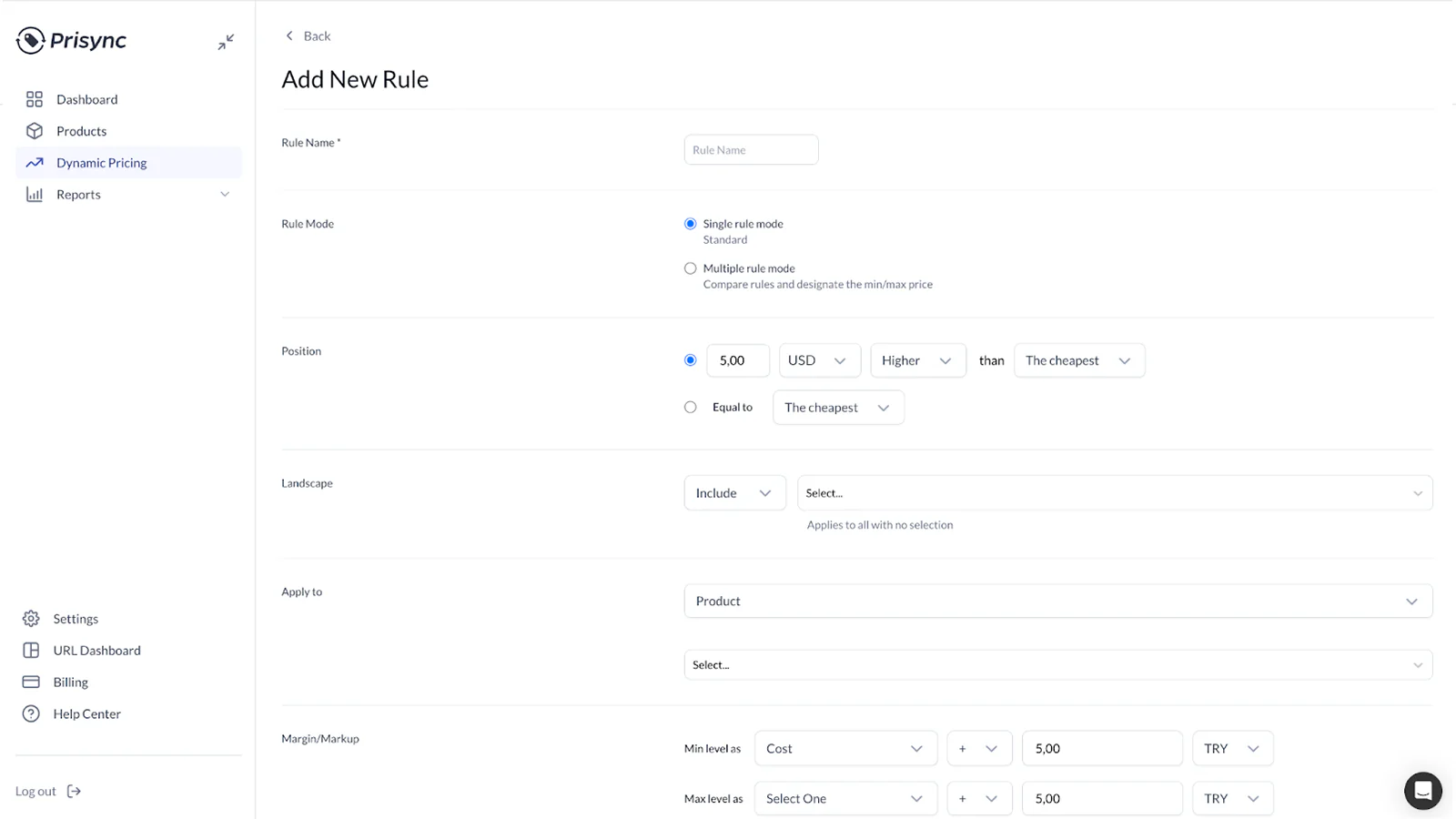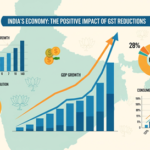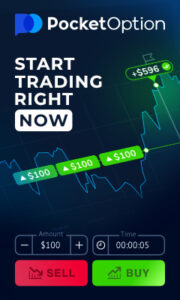Competitive pricing strategy is much more than undercutting competitor prices and price-matching. If you know how to use competitive intelligence technology and approach your competitors in an analytical and structured way, you have a high chance of outperforming them. Depending on the industry or the scalability of your business, you should apply various effective pricing strategies and focus on continuous price optimization.
In today’s ecommerce ecosystem, it’s not possible to act against changing market conditions. Every business has unique requirements to sustain its workflow effectively in order to move its business to the next level. Especially when automating and advancing AI as a crucial part of their business strategy.

Competitive pricing strategy is much more than undercutting competitor prices and price-matching. If you know how to use competitive intelligence technology and approach your competitors in an analytical and structured way, you have a high chance of outperforming them. Depending on the industry or the scalability of your business, you should apply various effective pricing strategies and focus on continuous price optimization.
In today’s ecommerce ecosystem, it’s not possible to act against changing market conditions. Every business has unique requirements to sustain its workflow effectively in order to move its business to the next level. Especially when automating and advancing AI as a crucial part of their business strategy.
Utilizing tailored in-house systems and SaaS software is beneficial when automation needs arise.
In this post, we explain why a competitor pricing strategy is essential for businesses and outline the six key tactics to win the market. So, let’s dig into the most obvious reasons explaining why businesses should continuously focus on price optimization.
Don’t forget it’s all about acting fast and smart while using the latest automated competitor price monitoring technologies.
Internal vs. External: Price Tracking Software Comparison
When it comes to price tracking, you need to think twice because ecommerce stores change their product prices dynamically. There are many ecommerce platforms that you should integrate with your in-house software. Pricing is not child’s play and can cost you a lot if you don’t give it the importance it deserves.
1- Financial and Time Burden
The most apparent differentiator between in-house vs. SaaS competitor price tracking software is the financial costs. In the case of applying an in-house system, at least one skilled developer and one system engineer should be in charge of maintaining the software. Besides the salaries, operational costs and server costs should be taken into account. Also, as the ecommerce industry is a non-stop and continuously evolving sector, companies should also update their systems. That fact leads to additional costs for improving the solution, depending on the industry’s specific needs. Ecommerce companies may face high maintenance and switching costs.
On the other hand, acquiring a price tracking software will cost you much less than you can imagine. You can start tracking your competitor’s prices automatically for only $99. It will also enable you to have a well-structured financial plan by providing you with the exact cost of the company’s functions and services. Unlike in-house systems, if an update occurs, you won’t be charged any additional fees. In a nutshell, there is no room for surprises when using competitor price tracking software.
2- Advanced Features
SaaS tools are specialized in this area and come with advanced features out of the box—something most in-house solutions struggle to match. For example, Prisync goes far beyond basic price tracking. It includes competitor stock availability, historical pricing charts, advanced reporting, brand and category-level performance analytics, dynamic price suggestions, smart filtering, customizable email alerts, and seamless integrations. Instead of just collecting data, ecommerce companies can act on it instantly and make smarter, faster pricing decisions.
3- Support
SaaS tools offer 24/7 support and continuously improve their features to meet evolving market needs, thanks to dedicated customer success and development teams. Their goal is to keep every user satisfied and engaged. Before choosing a tool, checking customer reviews can also help you find the best fit for your business.
4- Product By Itself
A proven competitor price tracking SaaS already has a strong track record in the ecommerce industry, having been successfully adapted. This provides a level of assurance about the software’s quality. Unlike competitor price tracking software, an in-house solution has not been thoroughly tested and lacks a proven track record. Moreover, it may cause technical problems and require additional maintenance when new competitors and URLs are added. Because it is needed to create new crawlers to check the targeted prices from product URLs. On the other hand, the product itself and the dedicated team in Prisync find a rapid solution to assign crawlers to check the sites and start showing competitor prices.
5- Integrations
As expected, an in-house price tracking software is primarily focused on internal issues and capabilities. That’s why it is not well-suited to adopt various technological changes and CMS, such as Shopify and Magento. Competitor price tracking software like Prisync is designed to be easily adapted to different platforms. Its seamless API contains all the data displayed on its web application, including notifications and reports. So that companies can easily develop custom applications that integrate Prisync data into their internal systems and yield automated pricing or customized notifications, among other benefits.


Choose a SaaS Partner
Don’t Set and Forget: Why Competitive Pricing Strategy Needs Constant Attention
You’ve chosen your method for offering competitive prices and analyzing the market — now the real challenge begins. You’ve gathered competitor data and you’ve the ability to act accordingly, but there are minefields along this road. Let’s examine them.
Acquiring an outside price tracking software for your store means you don’t have to worry about any of these challenges and more. There are many large companies with billions of dollars that understand SaaS is the cleanest and most sustainable way to get the job done. Unlike in-house systems, you can generate immediate results without any pain.
Not Just Focus on Cutting Prices
If your offerings don’t satisfy online shoppers’ expectations, they won’t hesitate to leave your store for a competitor in seconds, and your competitors are eagerly waiting to welcome them.
Most companies strive to keep product prices as low as possible to secure the best deals. So, increasing prices at small percentages such as %5 won’t change their lowest-price position. In these cases, you can consider increasing prices to test online shoppers’ reactions.
On the other hand, setting low prices doesn’t always mean a winning move. It is acceptable to lose some of your online customers if you decide to keep product prices on a certain level. The good news here is that the move will likely lead to you winning loyal customers who will make repeat purchases. Focus on loyal online shoppers who are willing to continue purchasing from you. Even if your product prices are higher than those of your competitors.


Another pitfall along this road is undervaluing your products. It may be that, although your prices are lower than those of the competition, they are not enough to be truly competitive. Low prices indeed bring you the attention of shoppers, and some of them will convert into customers. But we recommend that you not go too low. You should strive to price your products at the maximum of the minimum. What does it mean? It means that they should be a bit below the prices of the second-cheapest competitors. The slight increase in price will not be significant for online shoppers or shopping comparison engines. Nevertheless, it will increase your profit margins at no cost to your company.
To stay ahead, you must continually monitor the market and act dynamically.
High Profitability Is Mostly About Low Costs
There are many fluid reasons that affect the unit costs. Let’s provide a brief summary of these factors: the major portion of your costs comes from the supplier, specifically the price you pay for the supplier’s products. Additionally, we can categorize marketing, staff, and inventory costs as overhead expenses.
As supplier costs comprise a significant portion of your overall expenses, it is a wise approach to attempt to minimize them as much as possible. Supplier costs depend on two different factors: purchase quantity and negotiation with the supplier. The explanation of the correlation between quantity and costs is simple. If you purchase a large quantity of products, the unit cost of each product will decrease. However, the negotiation with the supplier is much more unpredictable and depends on various circumstances, such as the online store’s market position, the supplier-retailer relationship, and other factors.
To be profitable, a business must be mindful of its costs, particularly when adjusting its prices to match those of its competitors. Rather than trying to cut prices to beat those of the competition, take a look at your own costs and reduce them to achieve long-term competitiveness. If you have uncompetitive prices, the solution is not to simply lower them, but to cut the costs of your supply chain. When you lower costs, it is easy to lower prices and offer special discounts.
Time to Adapt the Dynamic Market by Applying Competitive Pricing Strategy
Thanks to price comparison engines, consumers can find any product at the best prices. Moreover, 60% of online shoppers name pricing as their main shopping decision criterion.
Therefore, a competitive pricing strategy becomes increasingly important in a dynamic market landscape. Monitor your competitors’ pricing actions, convert them into actionable insights. Test how your pricing decisions will be perceived by online customers. By adding dynamic pricing rules with Prisync, you can automate your responses to market changes and act instantly, ensuring your prices stay competitive without constant manual intervention.


Having stable product prices will be the most harmful decision for your ecommerce store. Not only will you have difficulties in acquiring new customers, but the profitability will also be affected. By adapting to a competitive pricing strategy, you’ll have great flexibility in various scenarios that can occur in a dynamic market. To implement this strategy, you’ll need competitive price intelligence to generate actionable insights and inform accurate pricing decisions. By acquiring competitor price tracking software, you’ll expand the opportunities to boost sales and profit margins.
Analyze Pricing Patterns: Stocks, Time, Brands, and Categories
Prices are crucial, but they are not more important than product availability. The reason is that online shoppers will not consider a product, regardless of its competitive price, if it is not readily available. In that case, the buyer will look for a similar product elsewhere. Unavailable products are more frustrating than expensive ones. Knowing which out-of-stock products your competitors have is a great pricing opportunity for your company. When your competitor is out of stock for a product with a tight margin, shoppers are more likely to be willing to pay more. It means a competitive advantage for the ecommerce company that has available stock at the moment. Modern technology enables you to easily determine the prices and stock availability of your competitors and respond promptly.
3. Analyze category and brand-level pricing strategies of your competitor
Typically, prices are based on brand or category-level decisions due to factors such as supplier deals valid for specific brands and the company’s budgeting operations. Taking this into account, it is clear that focusing solely on micro-managing product prices and competitor price monitoring is insufficient. The solution is to utilize the right technology to gather information about the category and brand-level pricing of competitors. One method is aggregation. More precisely, it means grouping products of a particular category or brand and then calculating the overall price performance for each site separately.
When you have an index value for the aggregated level for a brand or category, you will have detailed information about the price-related performance of particular brands and categories. In this way, you will discover the advantages and disadvantages of various competitors in terms of categories and brands. After careful analysis, you can adjust your price level based on the comparative results of overall brand and category management strategies.
Shopping is a matter of the present moment, but pricing is not. What does it mean? Put simply, the majority of companies have discounting strategies and time-based pricing tactics. Some companies are famous for their weekend sales, while others have a strong base of shoppers committed to the late-night discount frenzy. If you are aware of your competitors’ trends, you can actively engage in competition.
Don’t forget that being competitive in this way is equally important as offering competitive products. The reason is that campaigns and trends do not mean just offering a discount. Their primary purpose is to cultivate a loyal customer base. Thus, as an ecommerce company, you should track not only actual prices but also the historical pricing trends of the competitors. Besides analyzing annual shopping seasons and creating relevant tactics, you can also examine routine pricing changes, identify patterns, and adapt your strategy accordingly to boost profitability.
Conclusion
In today’s highly competitive landscape, managing your business without understanding your market and competitors is no longer an option. Competitive pricing strategy extends beyond simply tracking product prices. It involves identifying patterns, responding quickly to market changes, and developing a data-driven strategy.
To succeed in 2025 and beyond, you need to simplify your processes and focus on high-impact actions. With a reliable SaaS partner like Prisync, the technical complexities of dynamic pricing are handled for you. All you need to do is analyze insights, implement smart tactics, and steer your strategy in the right direction.
By proactively developing pricing scenarios and adapting to ongoing changes, you’ll be well-positioned to hit your growth and profitability targets. And ultimately outperform your competitors.
competitive pricingcompetitive pricing intelligencepricing strategies


























